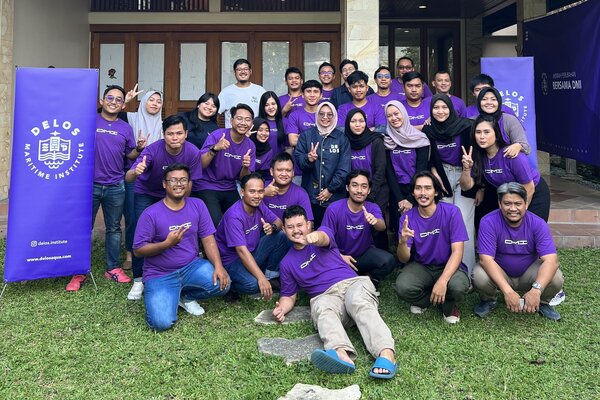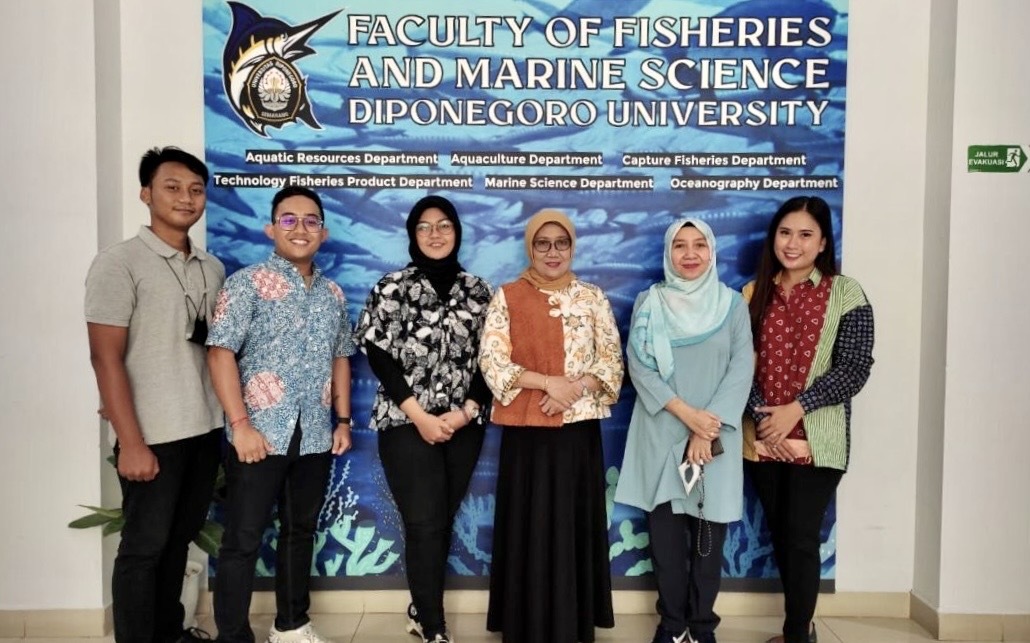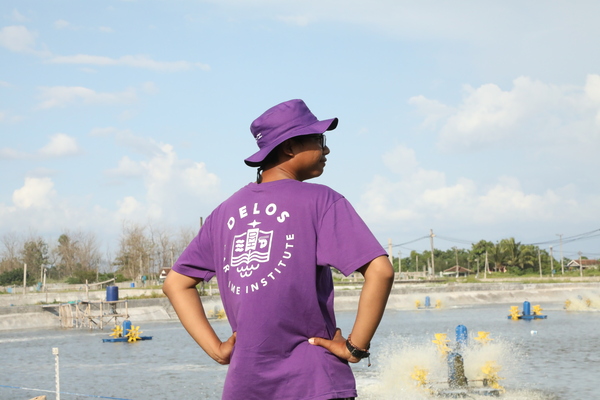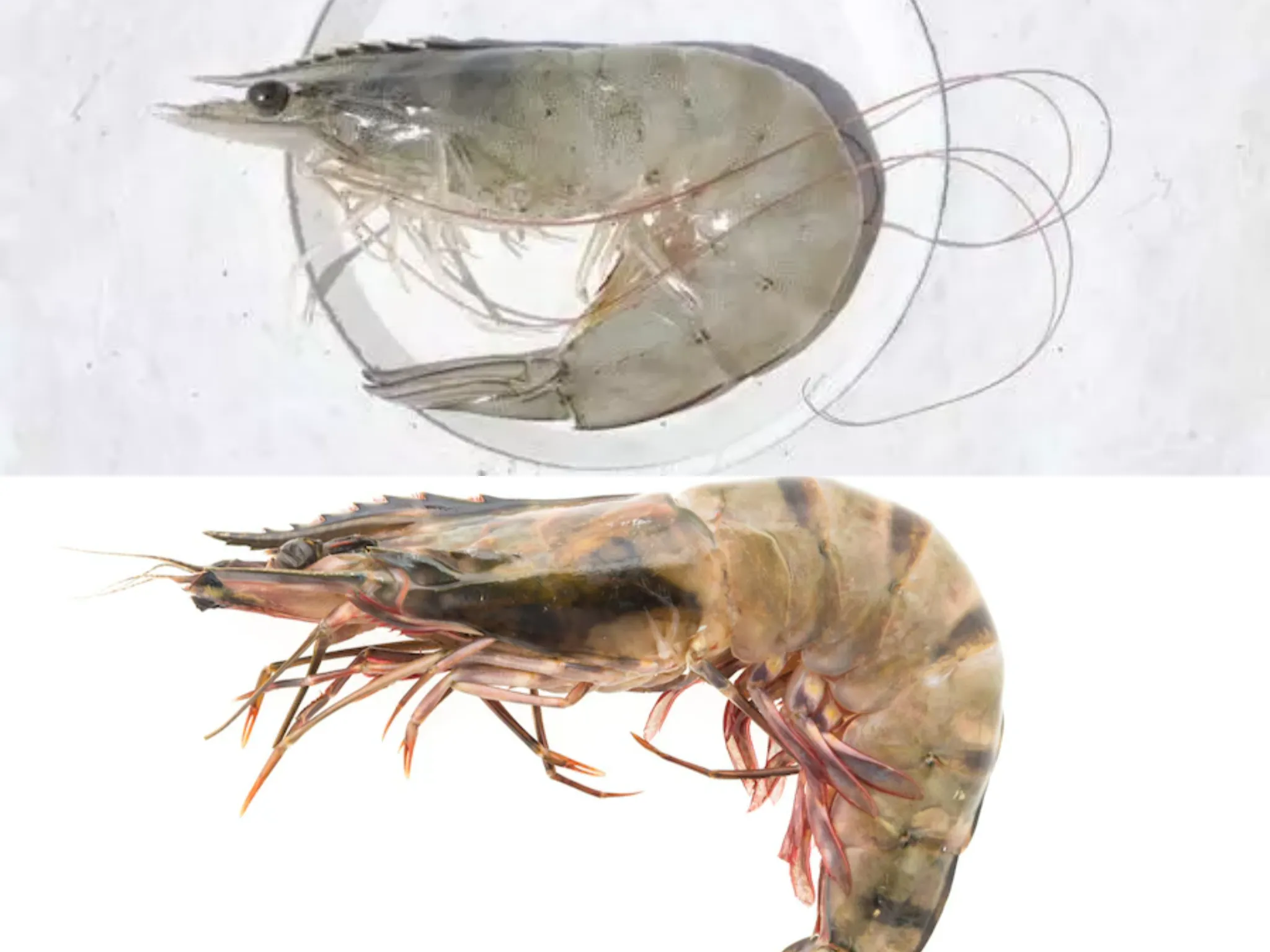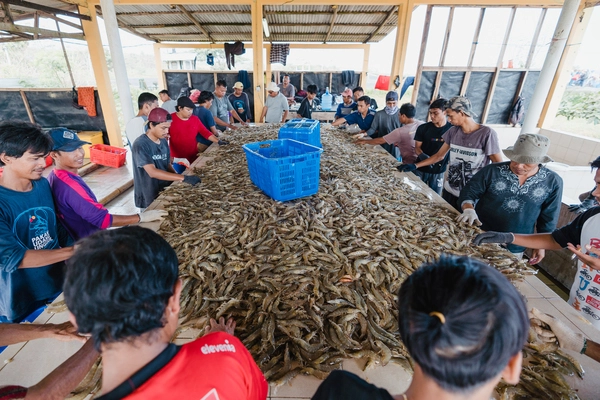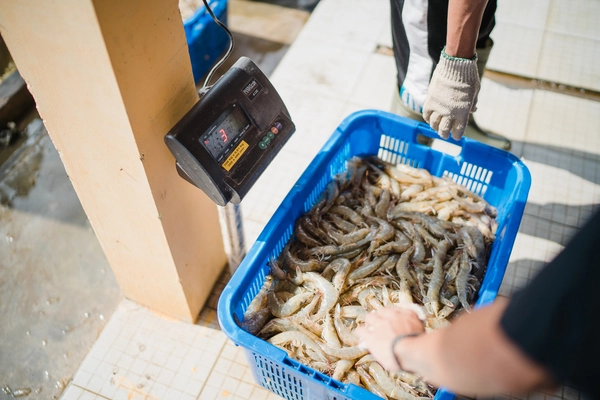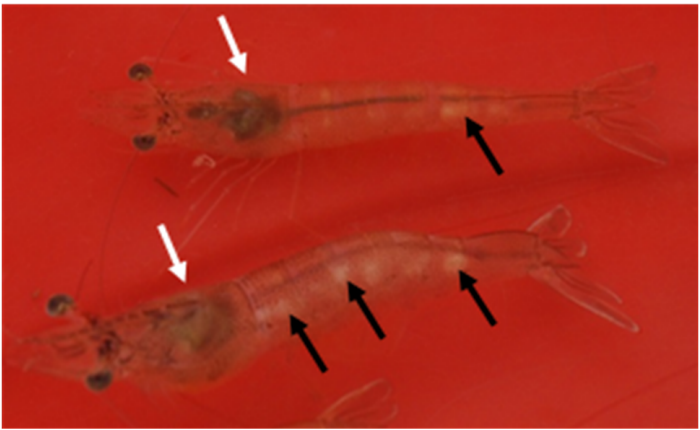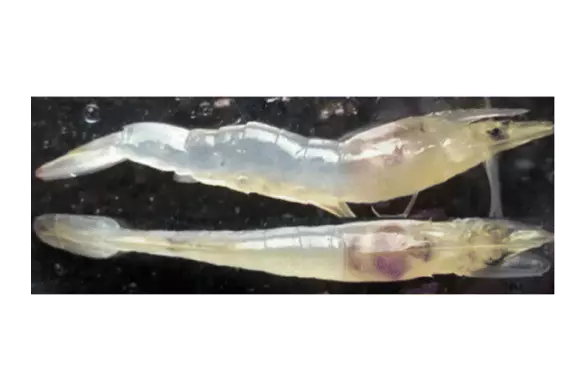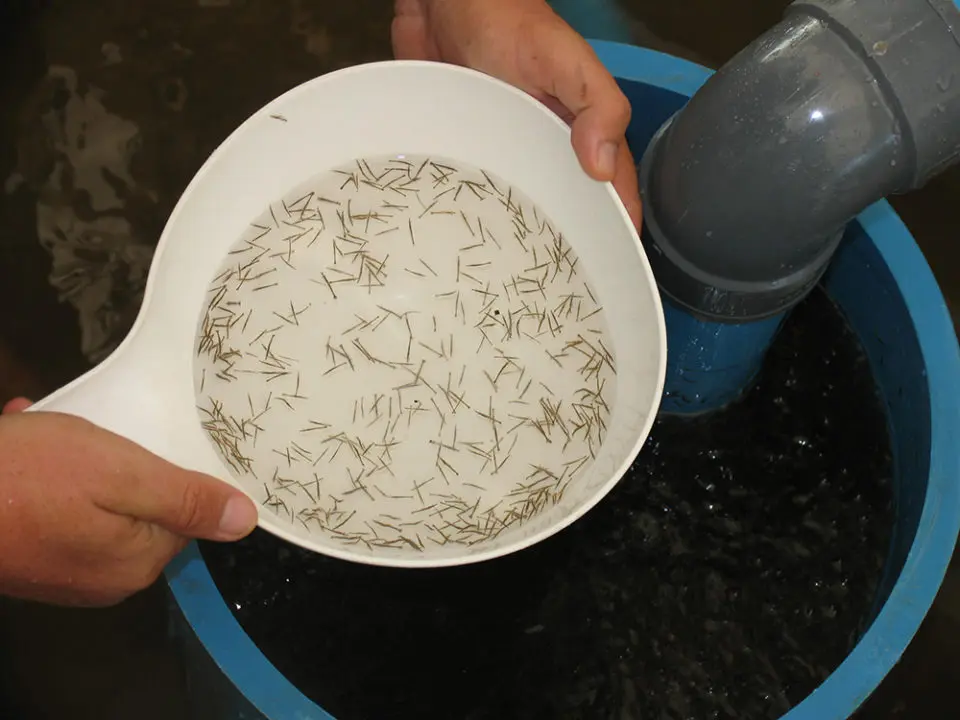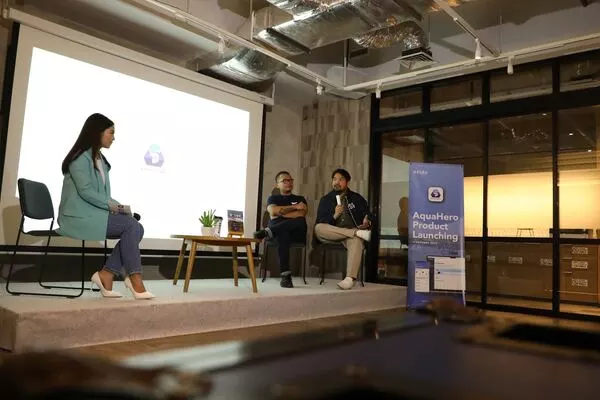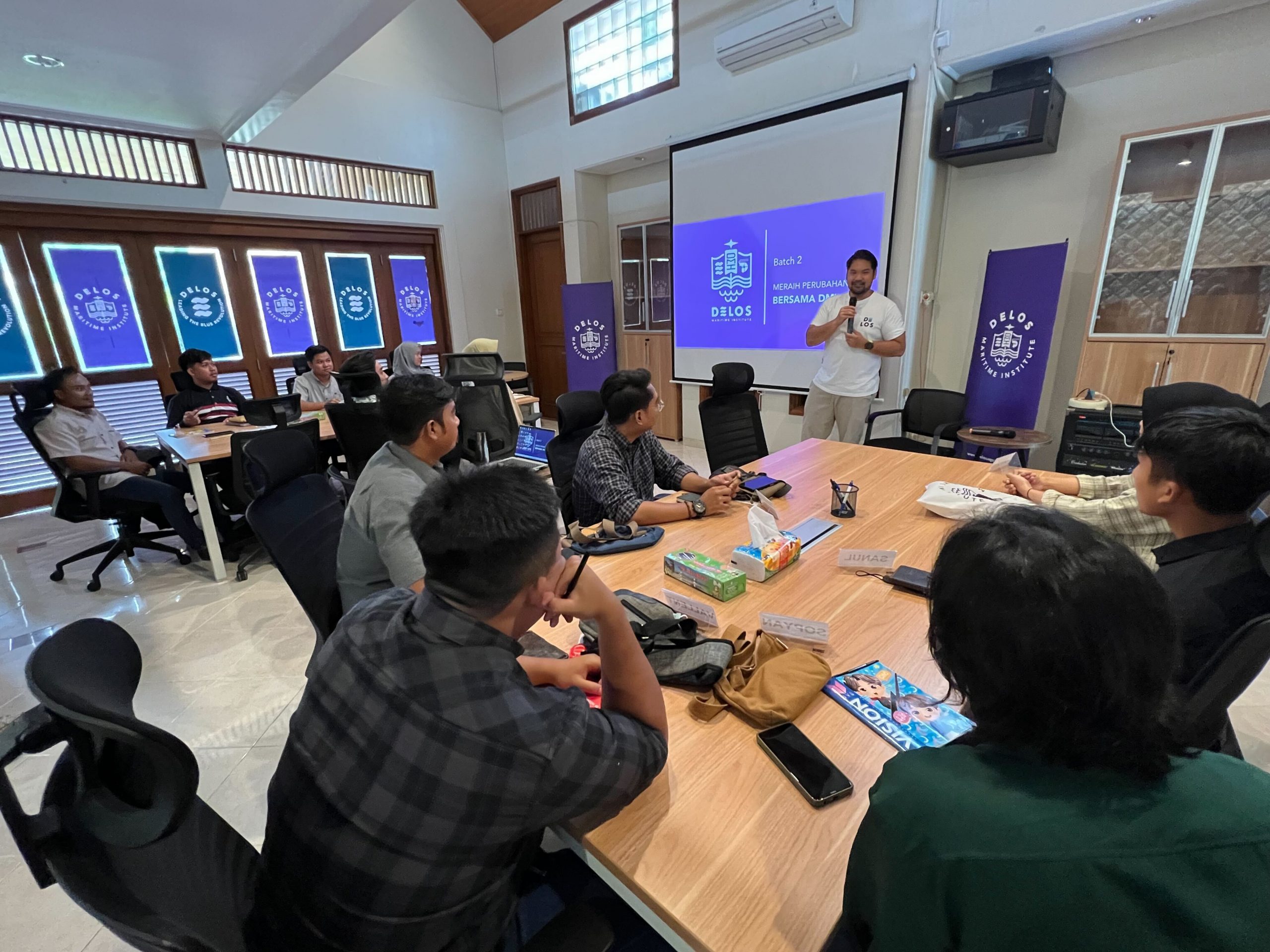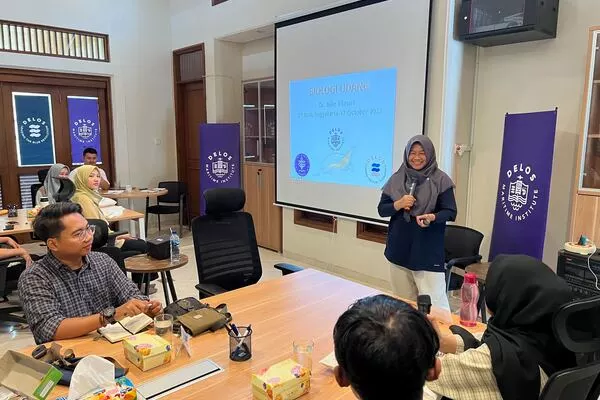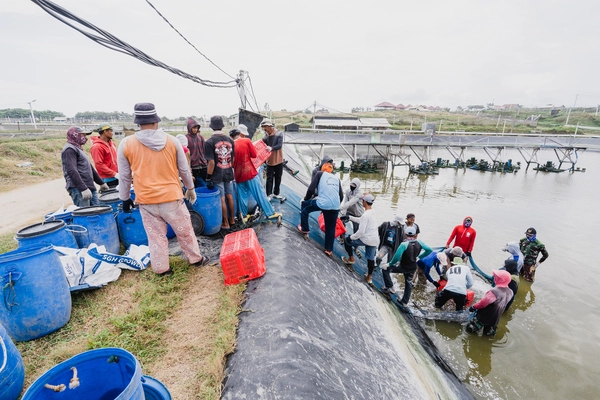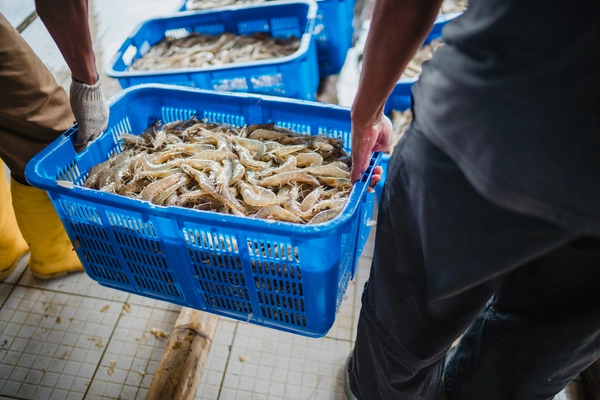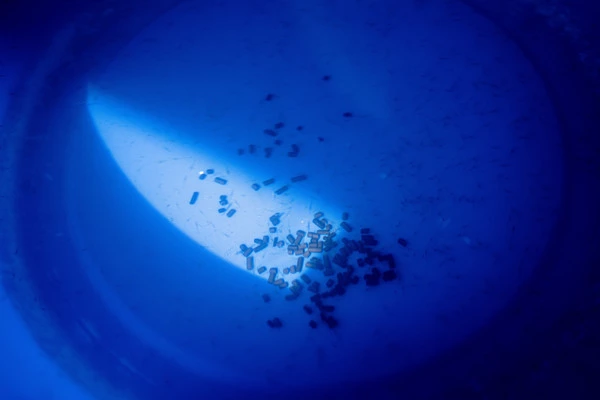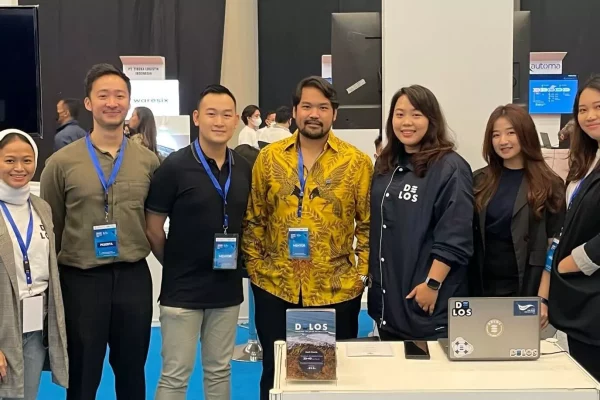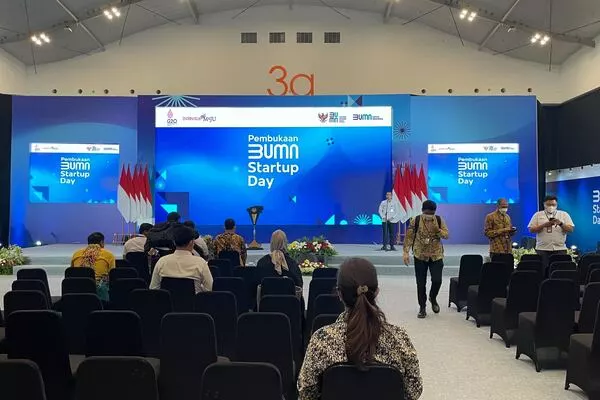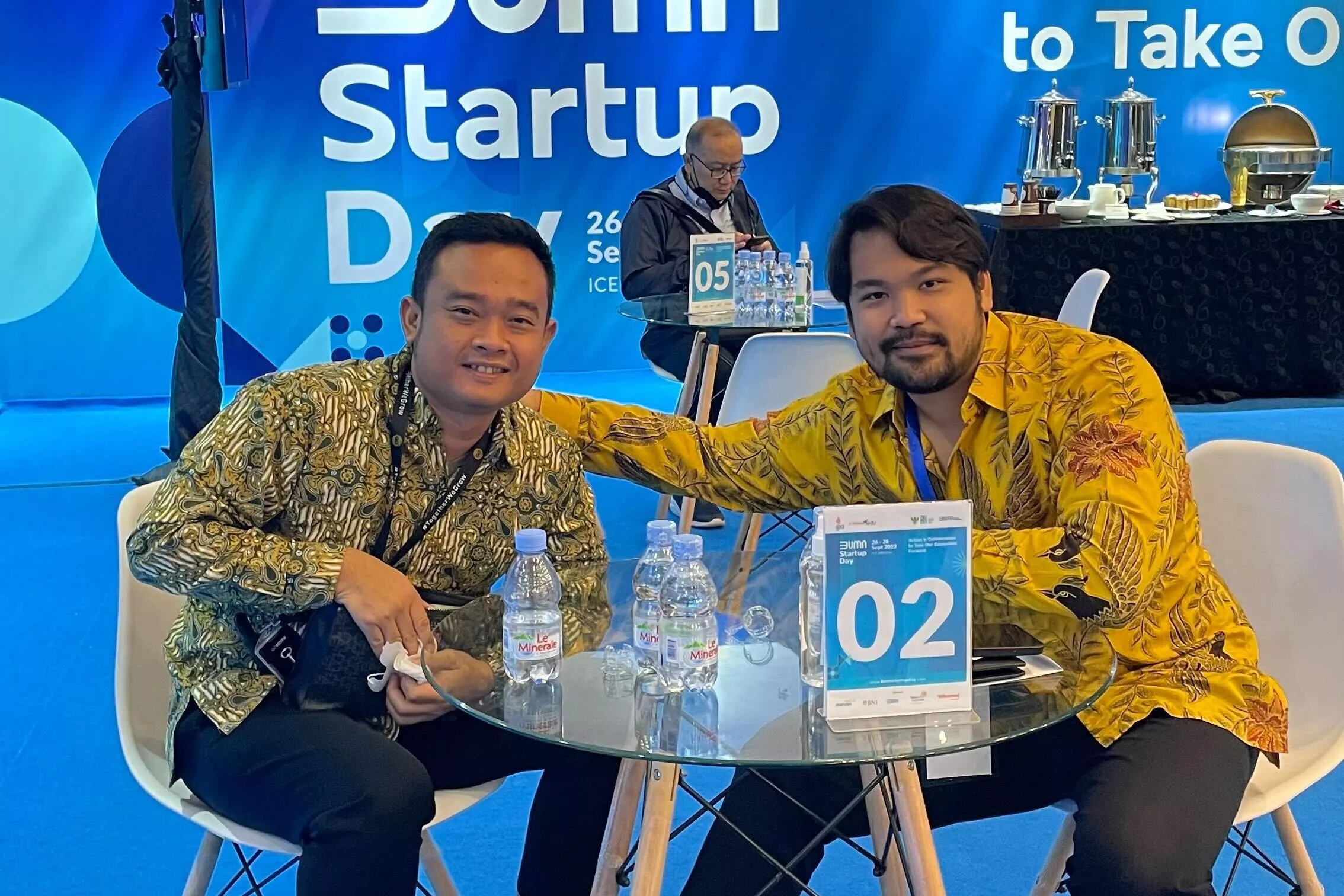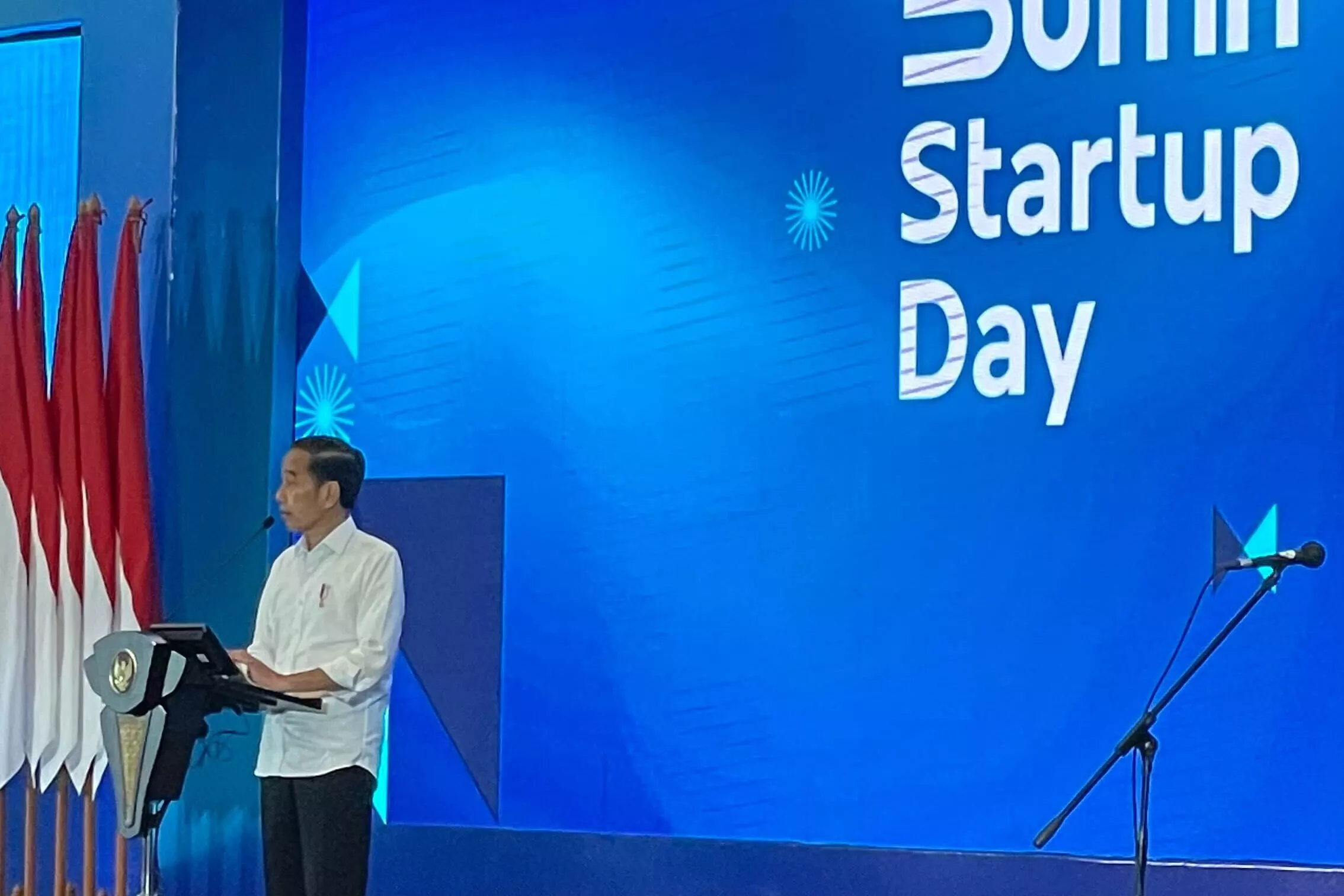DELOS Maritime Institute Graduated 12 Participants Who are Ready to Enter the World of Work
Friday, 27 January 2023, DELOS Maritime Institute held a graduation event at Sagan Heritage, Yogyakarta. As many as 12 DELOS Maritime Institute Batch 2 participants completed training for approximately four months in ponds throughout Indonesia.
DELOS Maritime Institute is a training program to produce competent and professional human resources in aquaculture. This program is one of DELOS’ commitments as a startup engaged in the aquaculture sector to participate in developing Indonesian education.
Previously, in the first batch, DELOS Maritime Institute had succeeded in graduating 13 participants, five of whom were later appointed as employees of PT DELOS Teknologi Maritim Jaya.
The Batch 2 DELOS Maritime Institute Graduation event was attended by all DMI participants who had just returned from the pond. In addition, there were also representatives from DELOS and DELOS Maritime Institute who were previously examiners in the DMI final exam.
DELOS Maritime Institute Batch 2 Participants Completed Theory Class and Field Practice
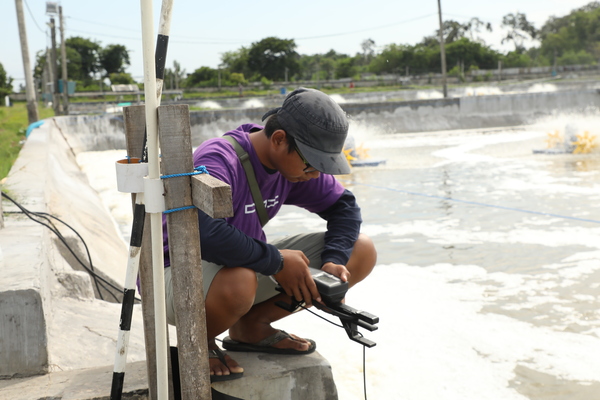
For approximately four months, DELOS Maritime Institute participants received training in the form of theory classes and field practice classes. Both theory and field practice classes are DMI’s primary curriculum to equip participants before entering the world of work.
The theory class consists of various general materials about aquaculture presented by experts in their fields. Starting from Introduction to Shrimp Biology, Aquaculture Basics in Shrimp Cultivation, Ideal Pond Construction, Mechanical and Electrical for Electric Ponds, Vaname Shrimp Cultivation Tips, and many more.
Afterwards, the participants had to apply what they got during the theory class and put it into practice in field practice classes in each designated pond. This field practice class lasts for one cultivation cycle or approximately four months.
DELOS Maritime Institute Batch 2 Graduates Names
As many as 12 DELOS Maritime Institute Batch 2 participants successfully graduated after undergoing training for approximately four months in each of the designated ponds.
The twelve DELOS Maritime Institute Batch 2 participants consisted of eight students and four rekan kolam. Following are the names of DELOS Maritime Institute Batch 2 graduates:
- Ahmad Afdilla
- Andi Mulyadi
- Aunal Adha Sulistiari
- Denia May Laphania
- Ilpan Nurdinayah
- Moh. Nurul Ikhsanul Khosi’in
- Mutsaqqoful Fikri
- Rina Solekhatun
- Riska Jumriani
- Rudy Hartono
- Sopyan Supriadi
- Vallent Yudistira Abadi
Also Read: DELOS Launches Inspirational Podcast on Aquaculture, DELOS Talks
DELOS Maritime Institute Graduates are Ready to Enter the World of Work
The DELOS Maritime Institute program focuses on providing hands-on training on vannamei shrimp farming in ponds. During this program, the participants also learned about various aspects of aquaculture, from pond preparation to harvest.
Not only knowledge about aquaculture, DELOS Maritime Institute participants were also equipped with knowledge about technology that makes it easier to manage ponds, namely AquaHero.
After completing approximately four months of training and taking the exam, DELOS Maritime Institute Batch 2 participants are expected to be ready to enter the workforce as competent and professional Shrimp Aquaculturists and Laboratory Analysts.
Graduates of the DELOS Maritime Institute will play an essential role in developing the aquaculture industry in Indonesia. Given Indonesia’s aquaculture potential, which is second to none, it still needs the touch of expert and competent hands to make it the best in the world.
Through DMI, DELOS is committed to continuing to contribute to the world of aquaculture education in Indonesia to prepare qualified and competent human resources.
Also Read: 4 Elements of Vannamei Shrimp Farm Management That Must Be Considered
Look forward to DELOS Maritime Institute Batch 3
DELOS Maritime Institute Batch 2 Graduation concludes a series of programs implemented for approximately four months. Now DMI graduates consisting of eight students and four rekan kolam are ready to enter the world of work and take an essential role in the development of the aquaculture industry in Indonesia.
In the future, DELOS will continue to support and contribute to the world of aquaculture education in Indonesia.
Ivana Oktarina Sopacua, DMI’s Project Manager, said that after DMI Batch 2, there would be a webinar with resource persons from experts in aquaculture. Not only that but there will also be DELOS Maritime Institute Batch 3.
For those waiting for the next batch of DELOS Maritime Institute, follow our Instagram account at @delos.institute. You can also learn about vannamei shrimp farming, besides updating information about DELOS Maritime Institute.
